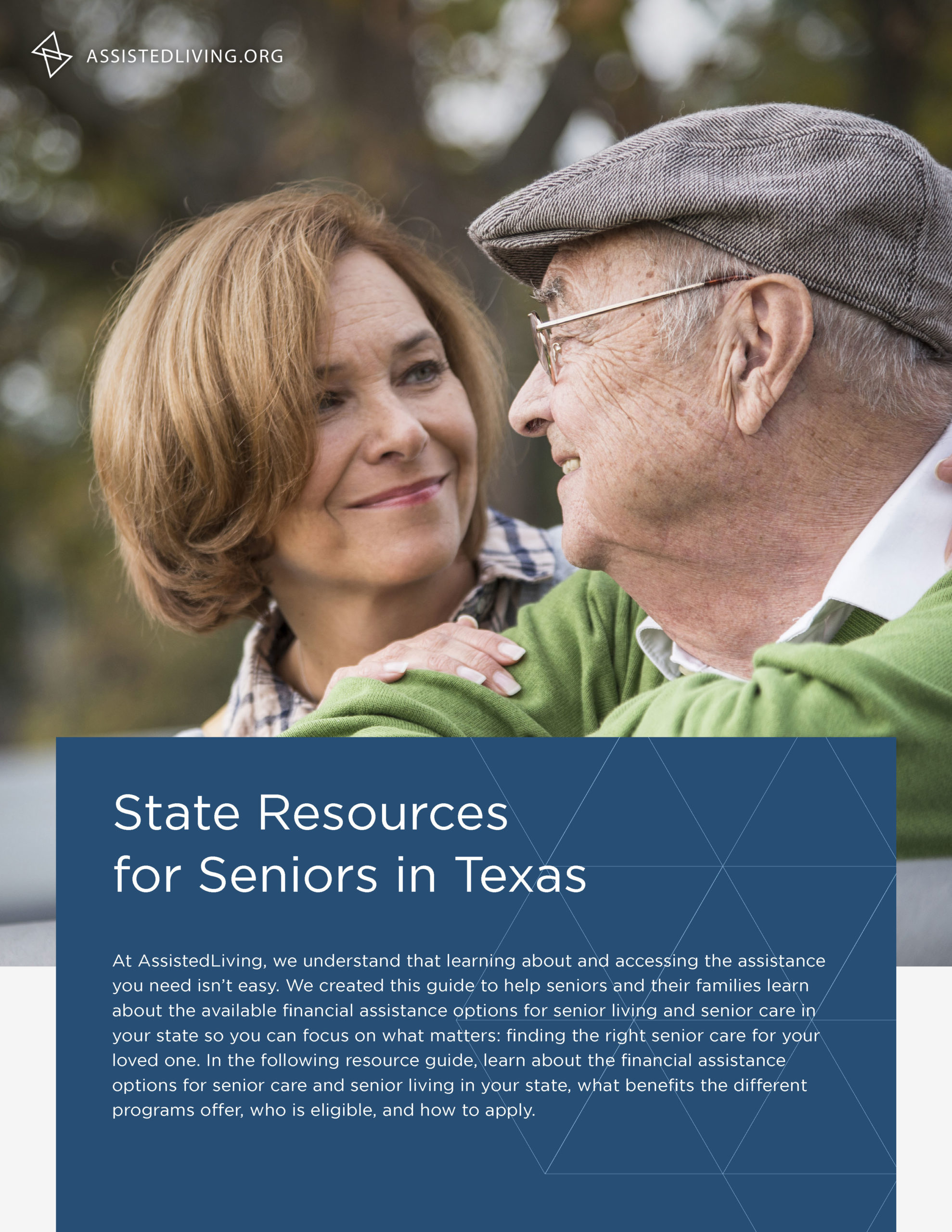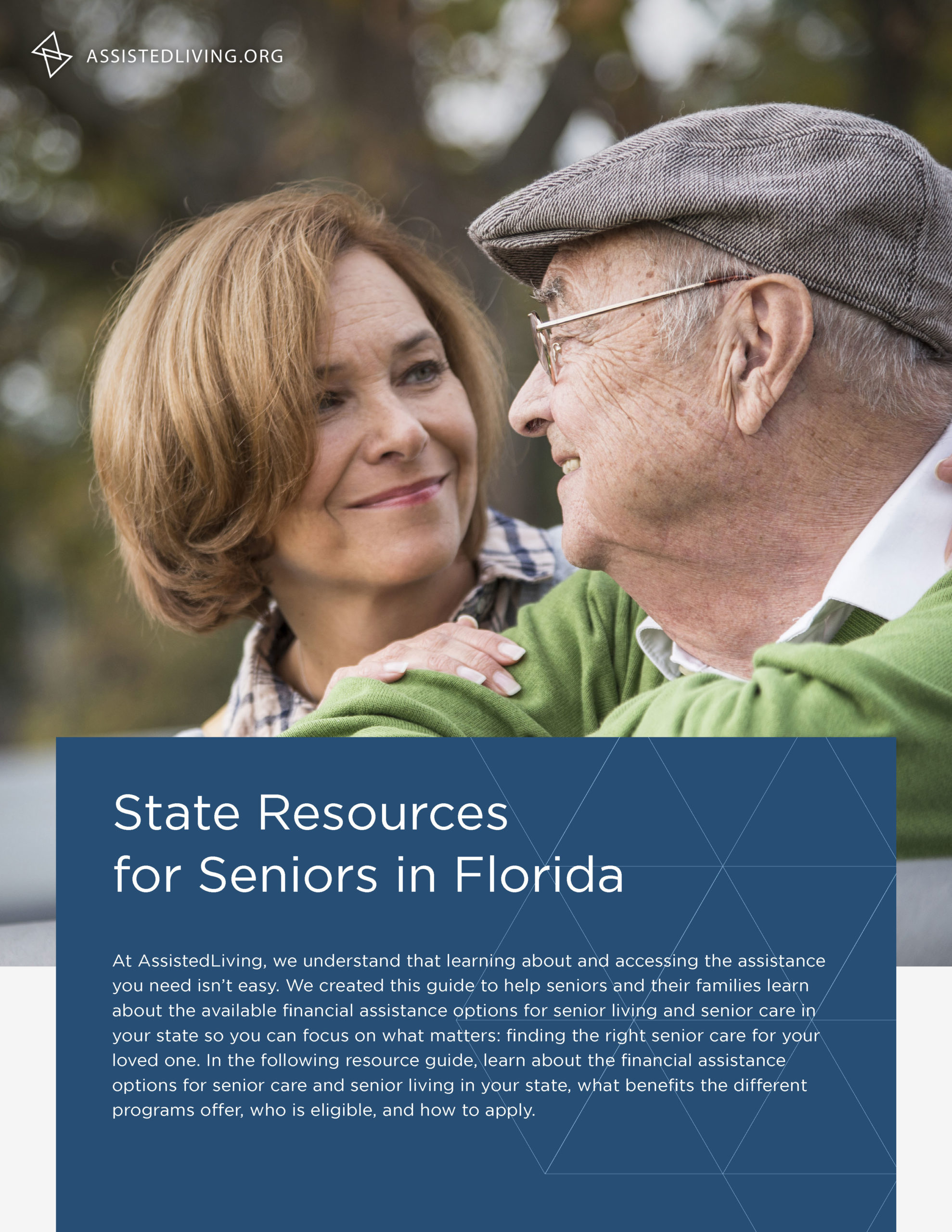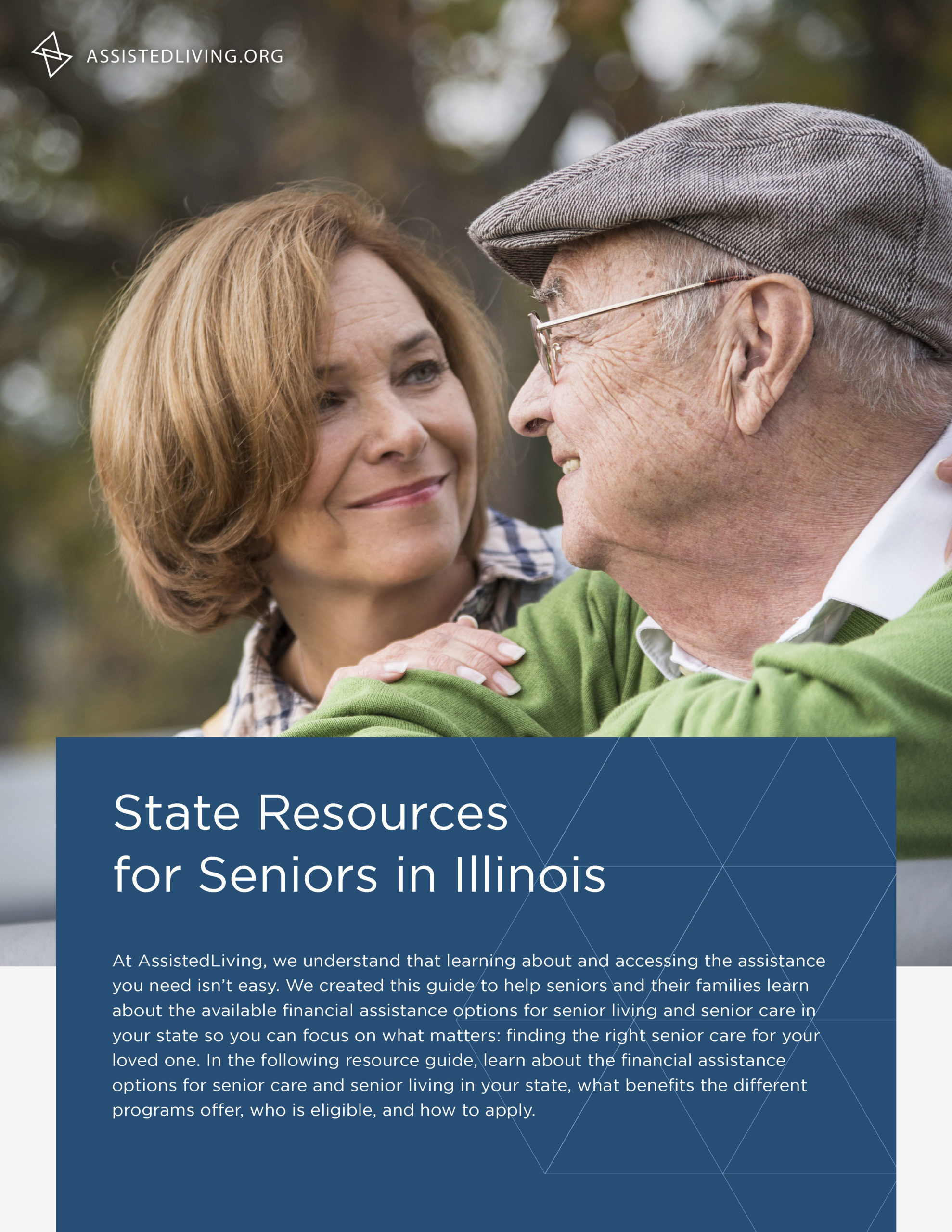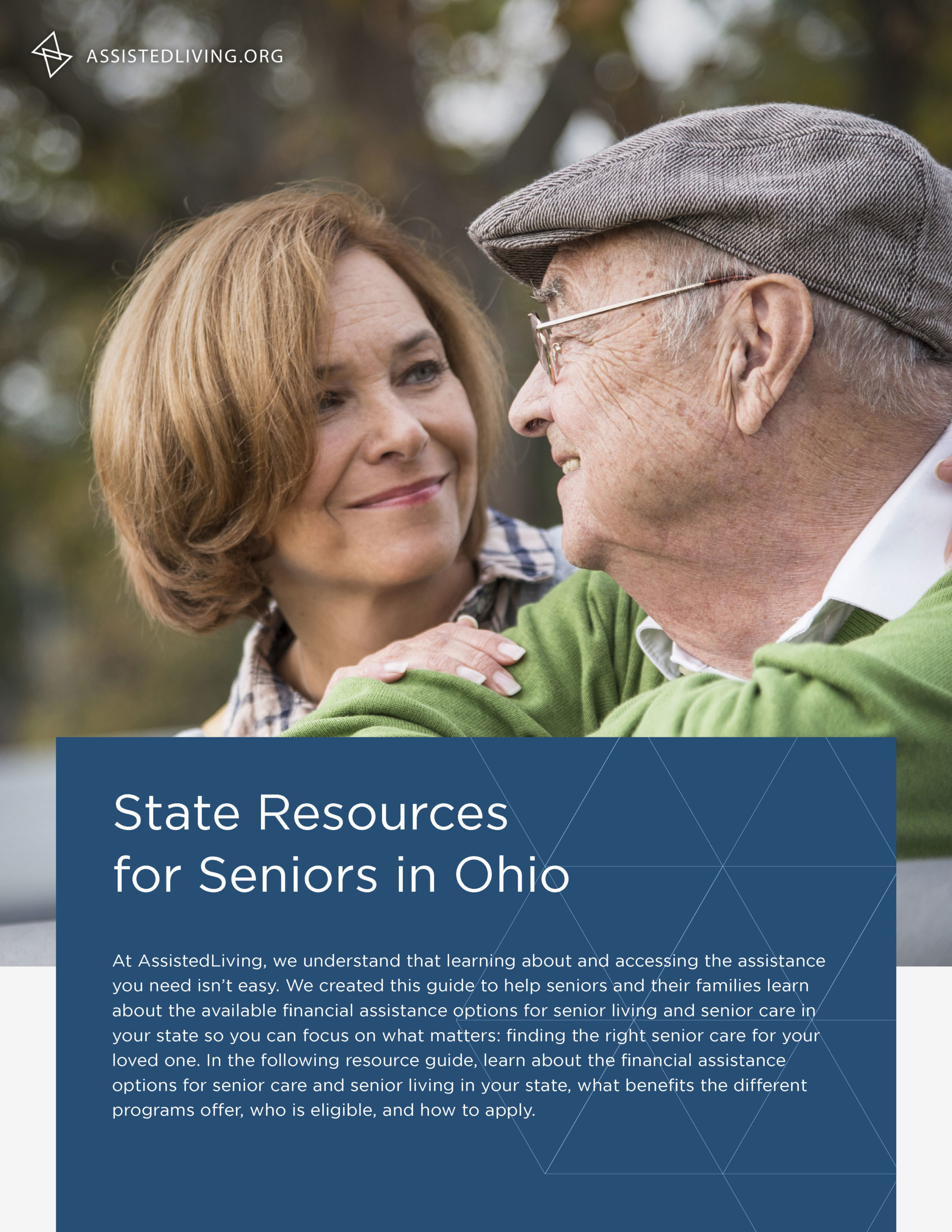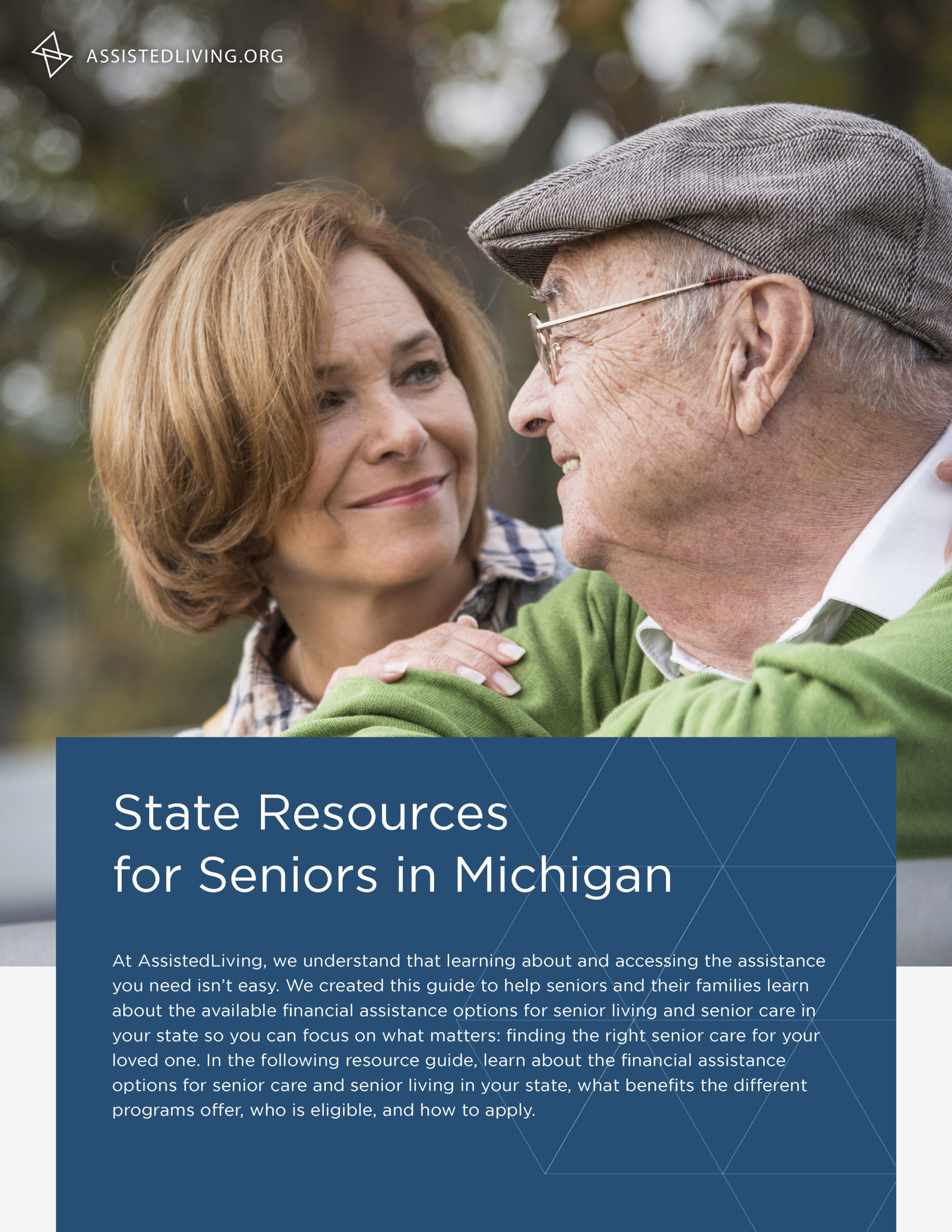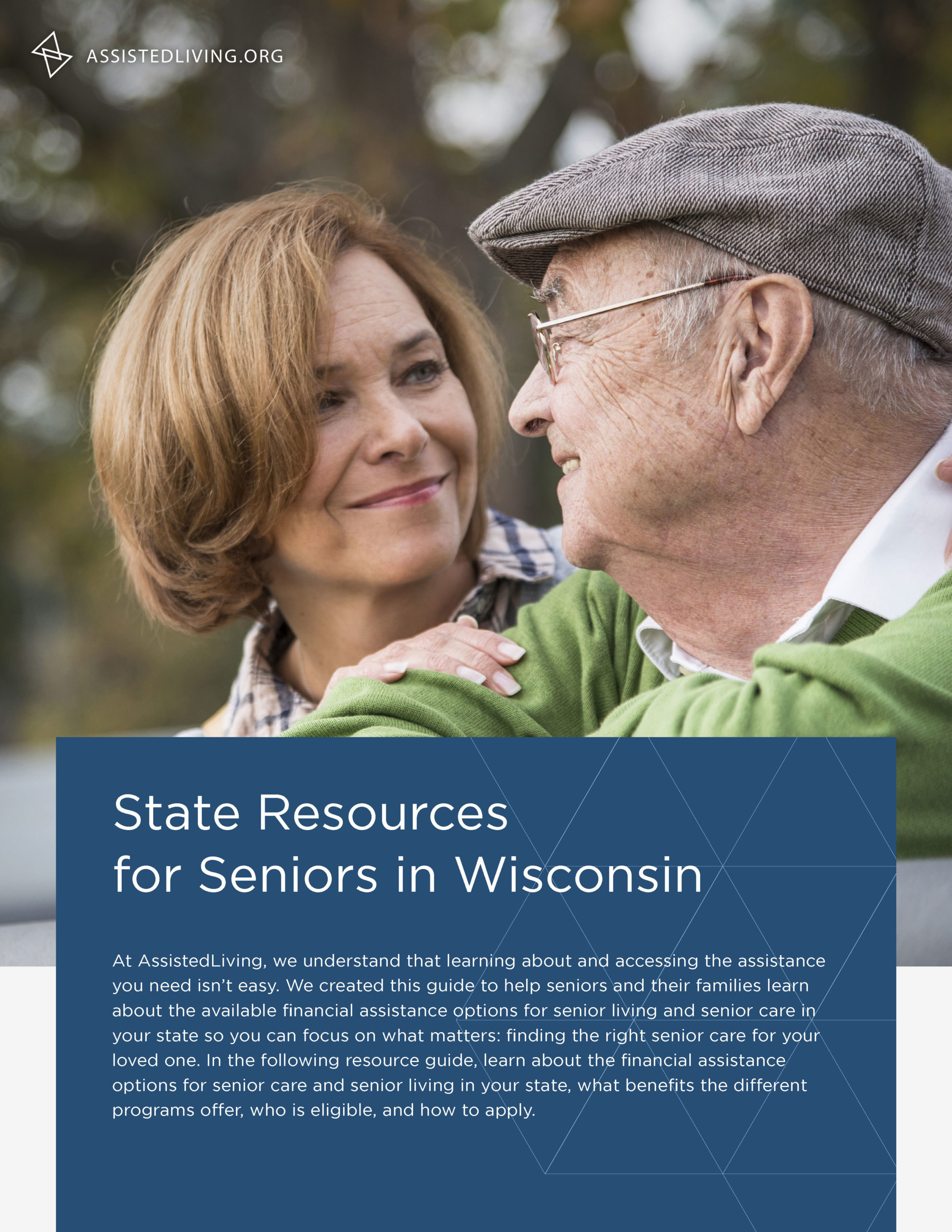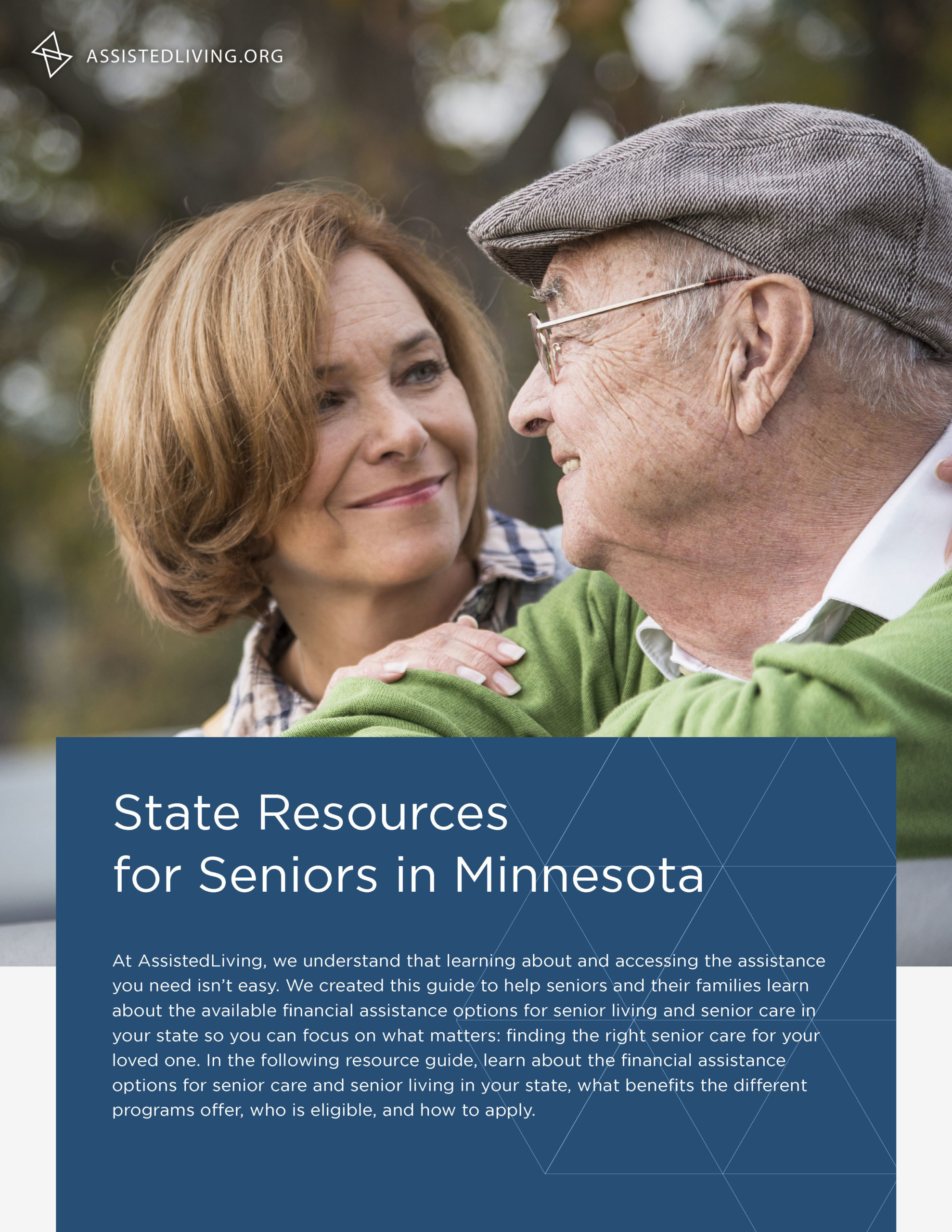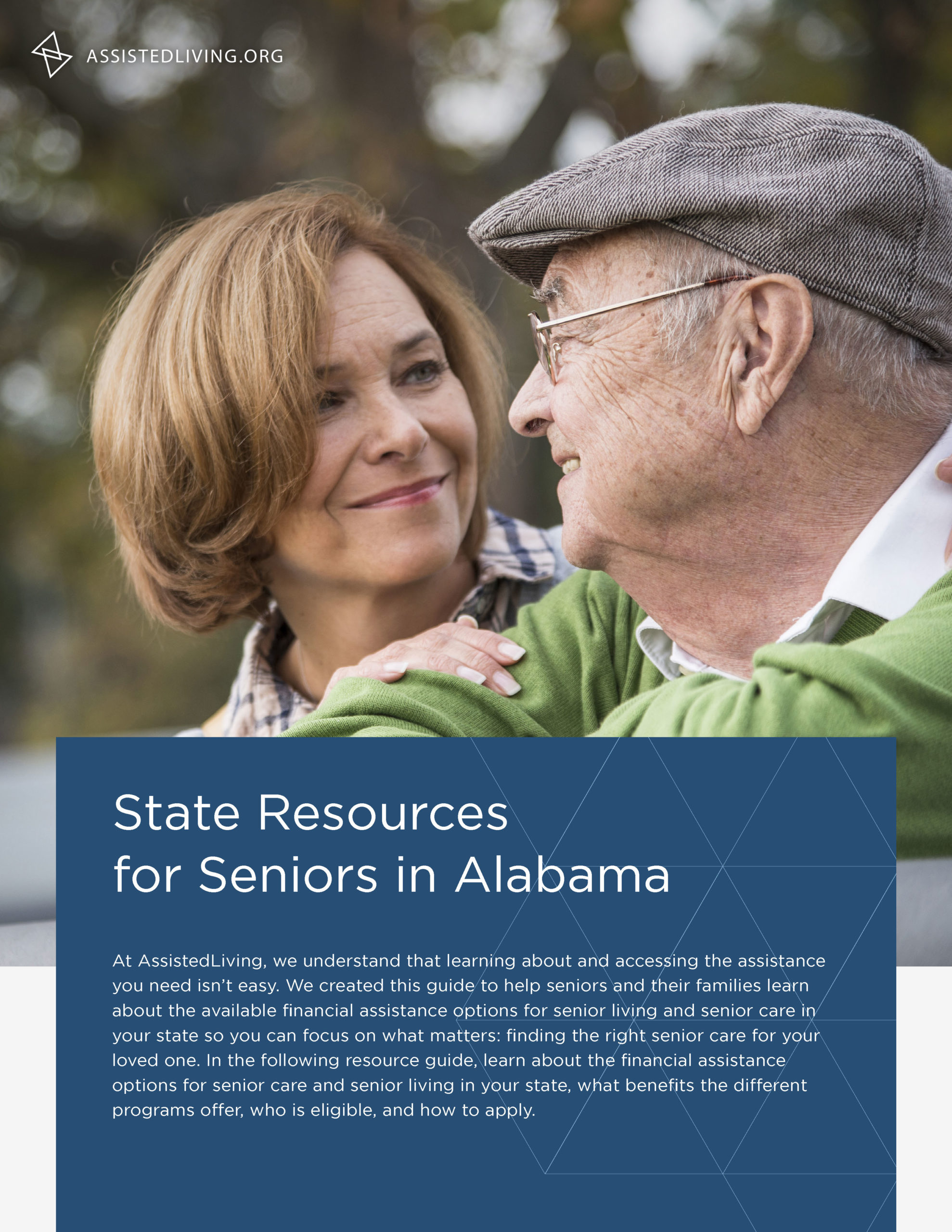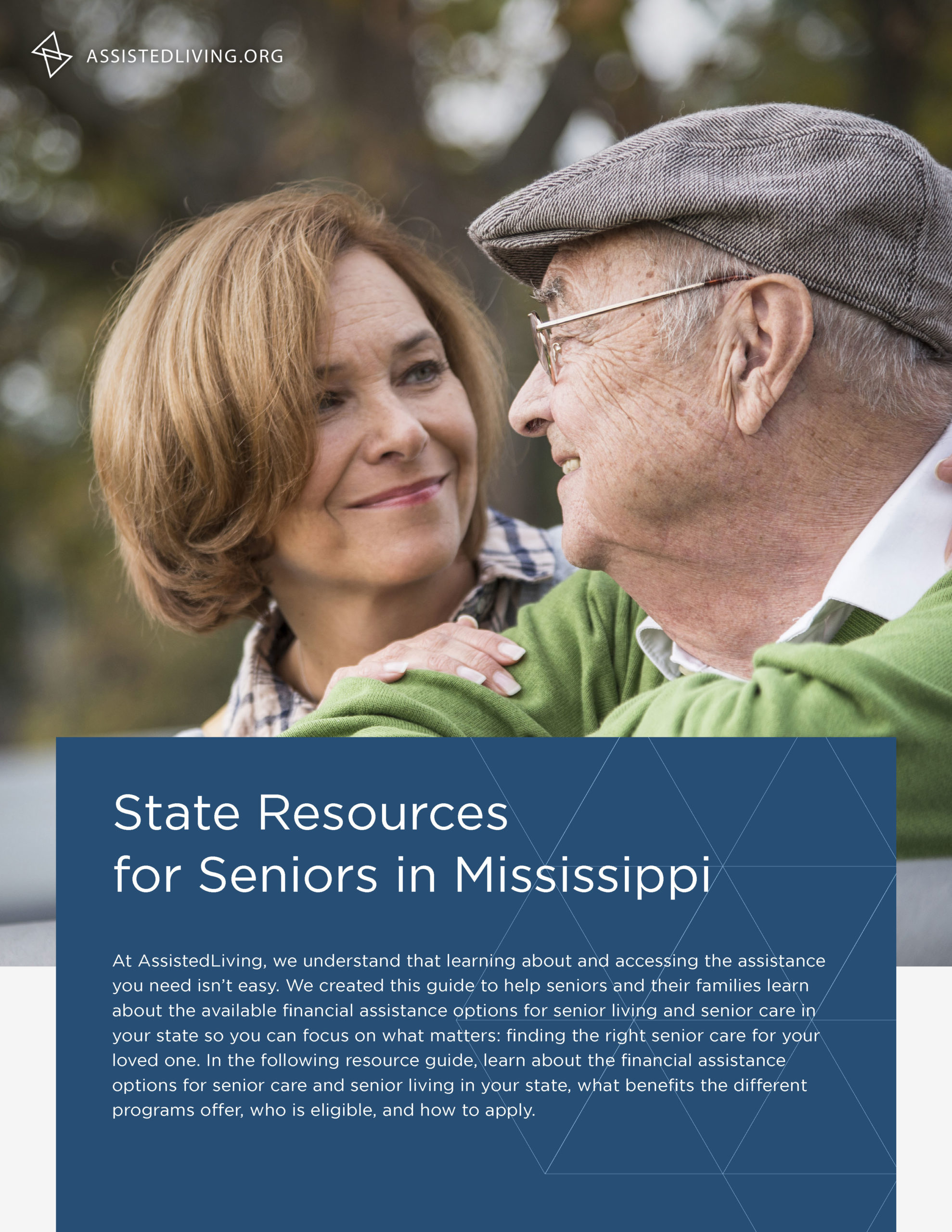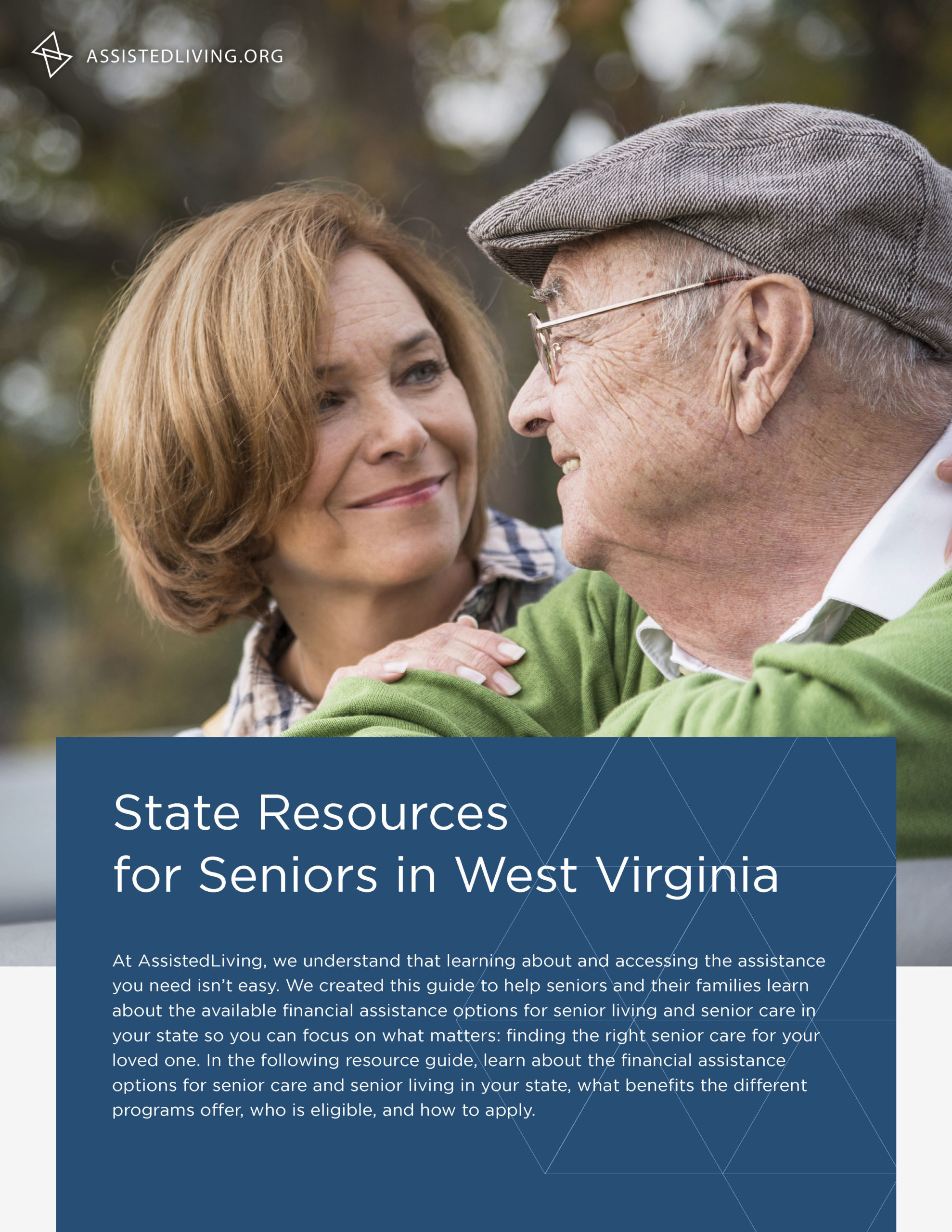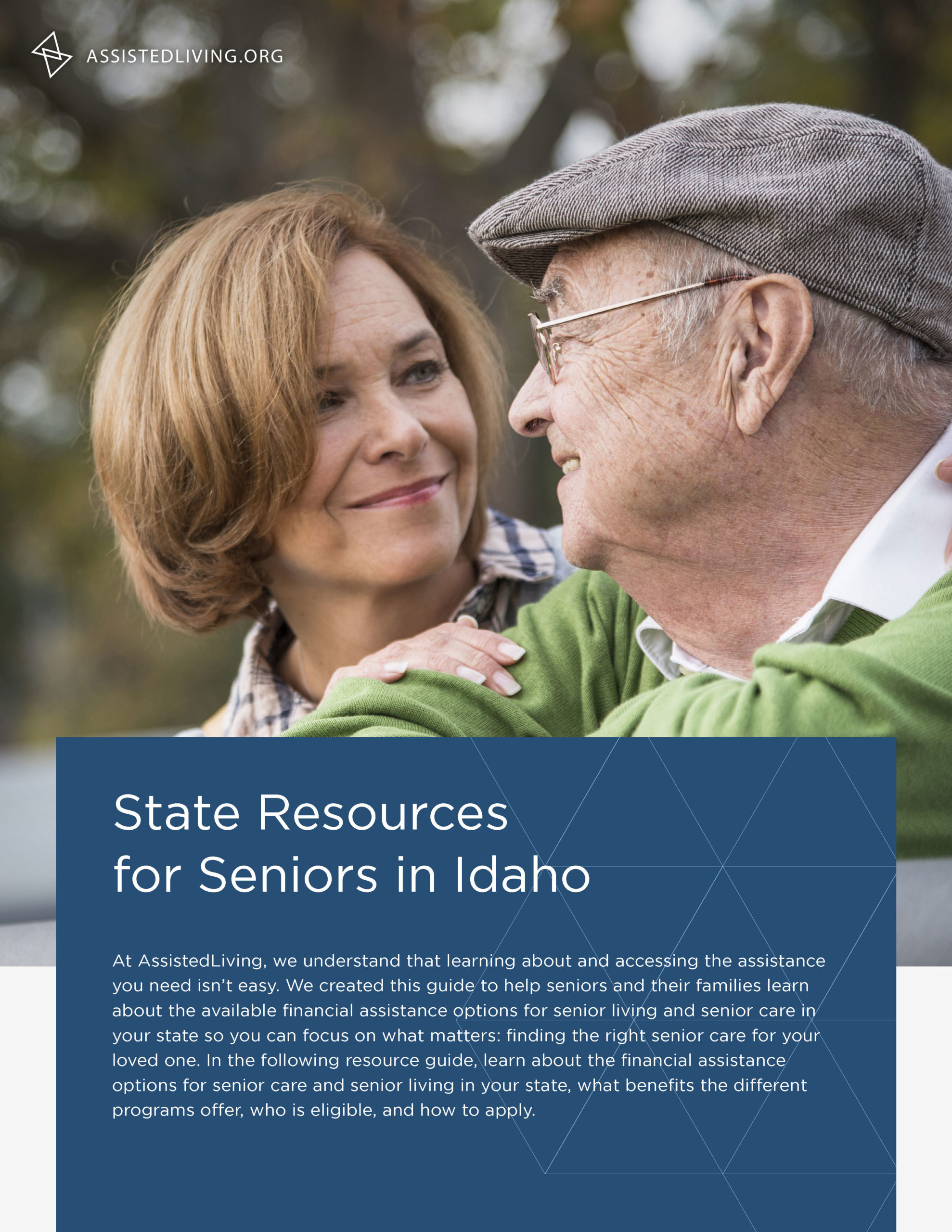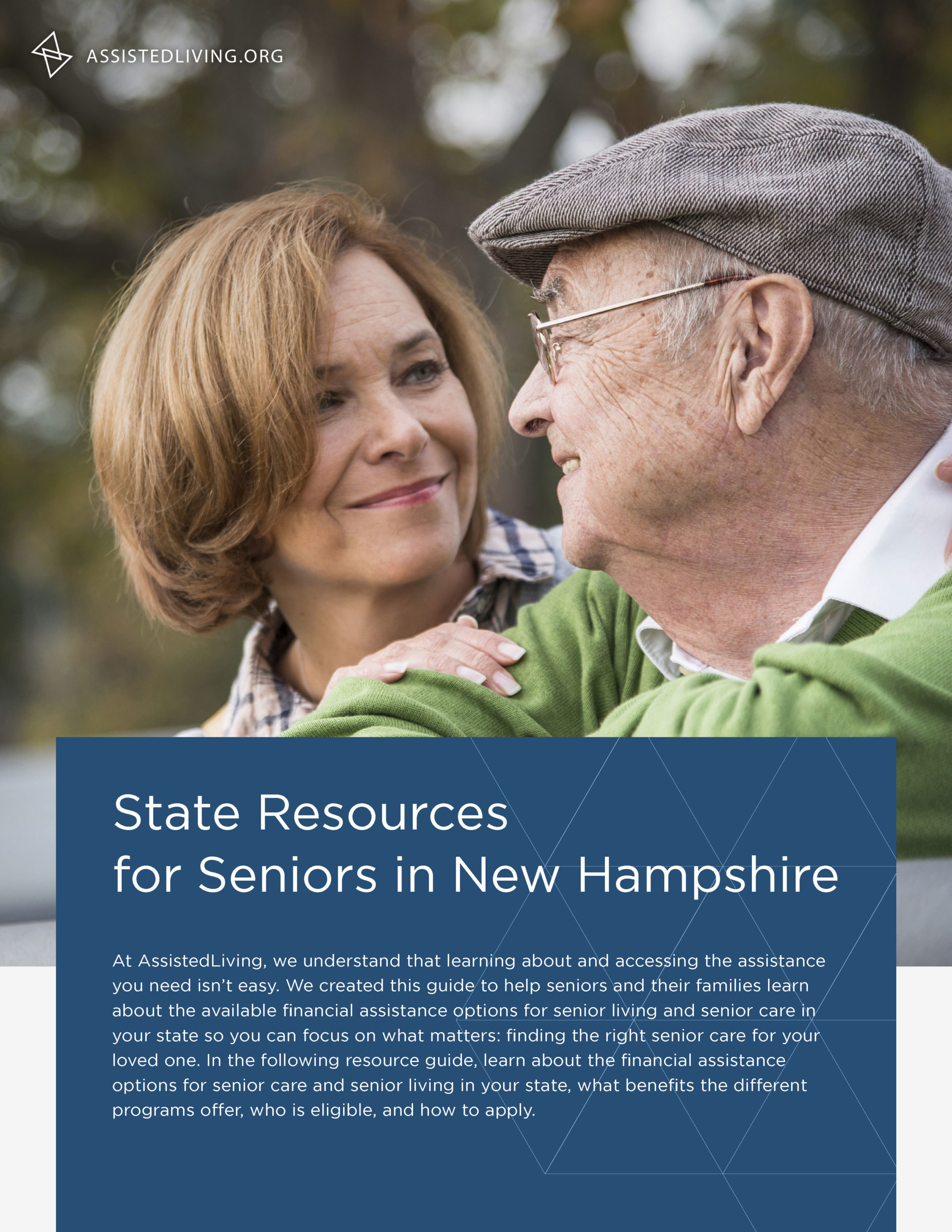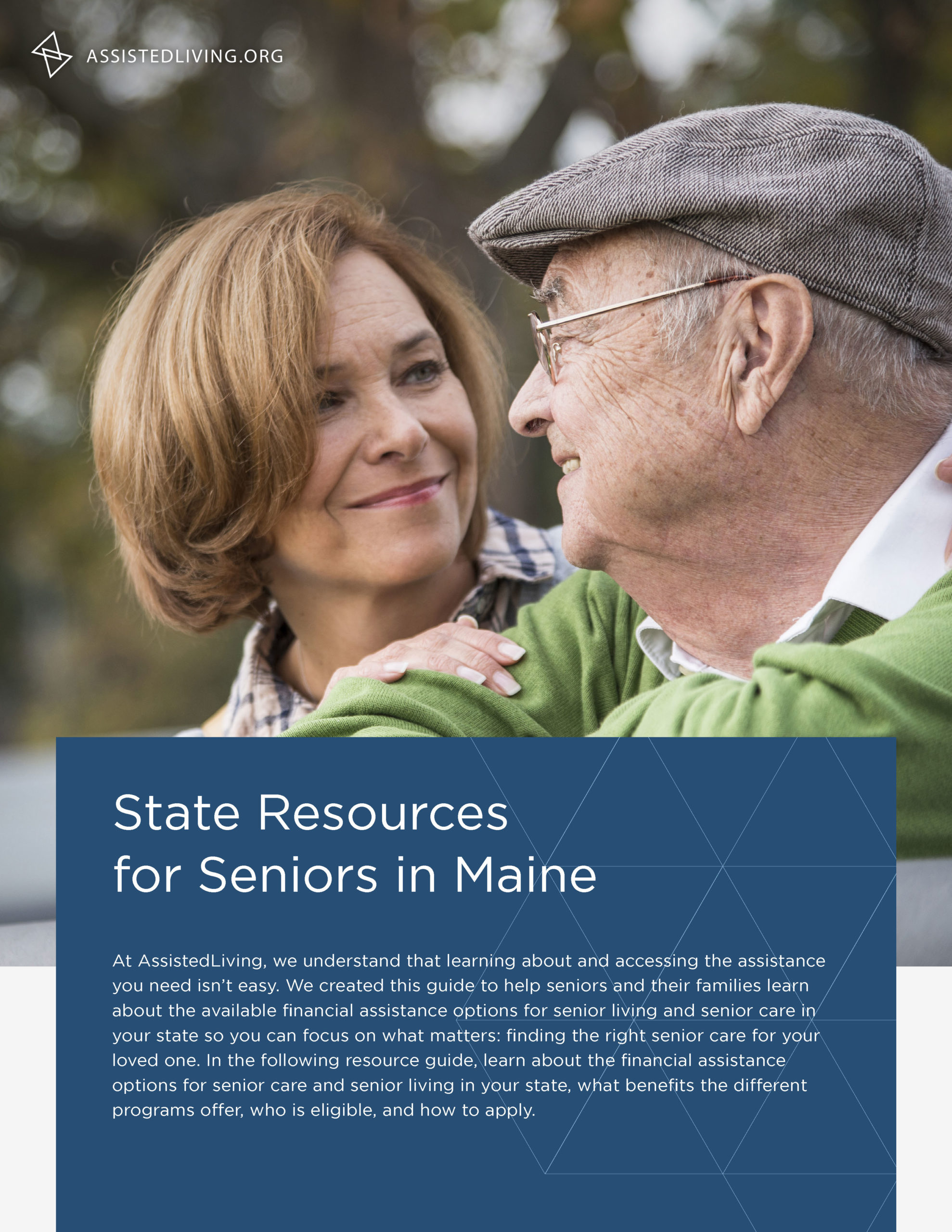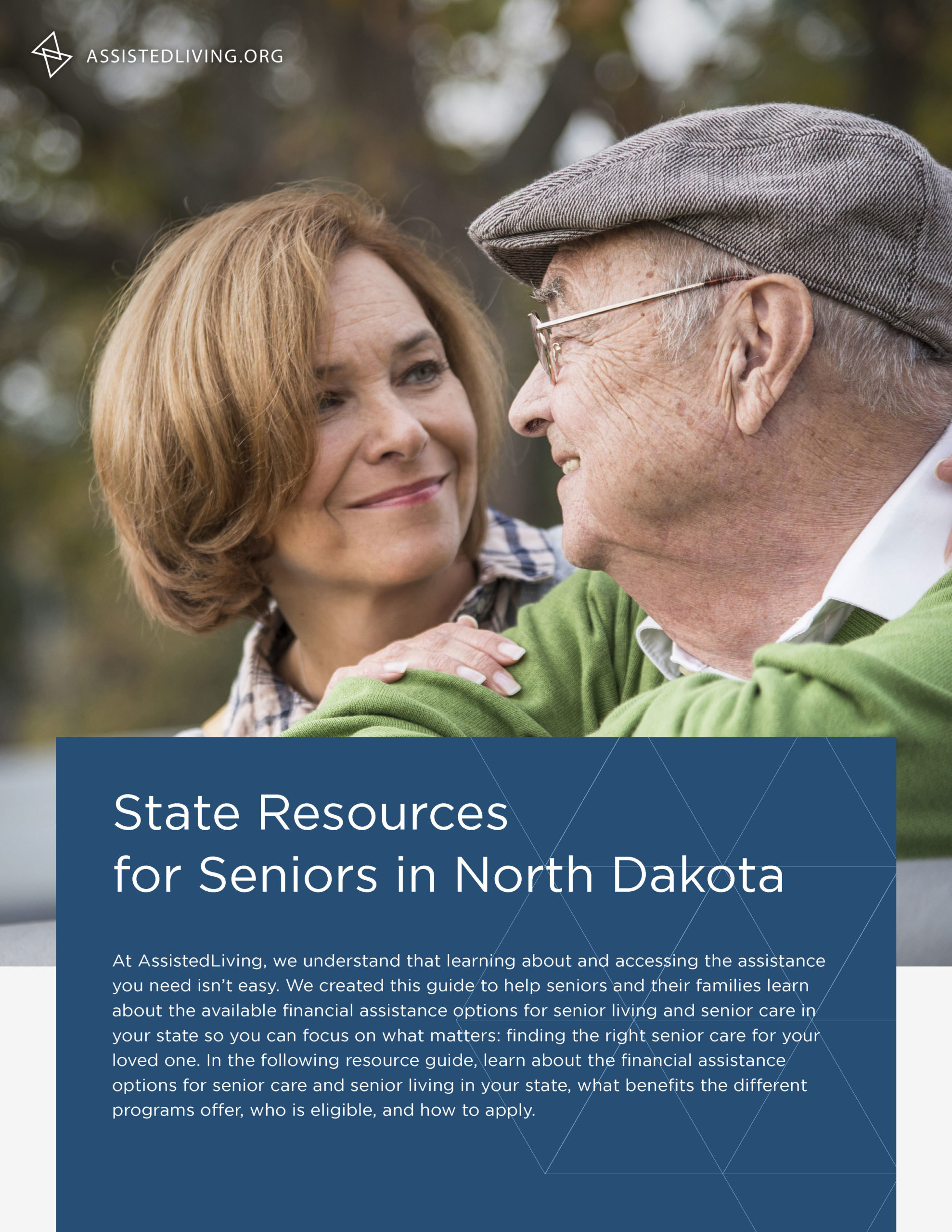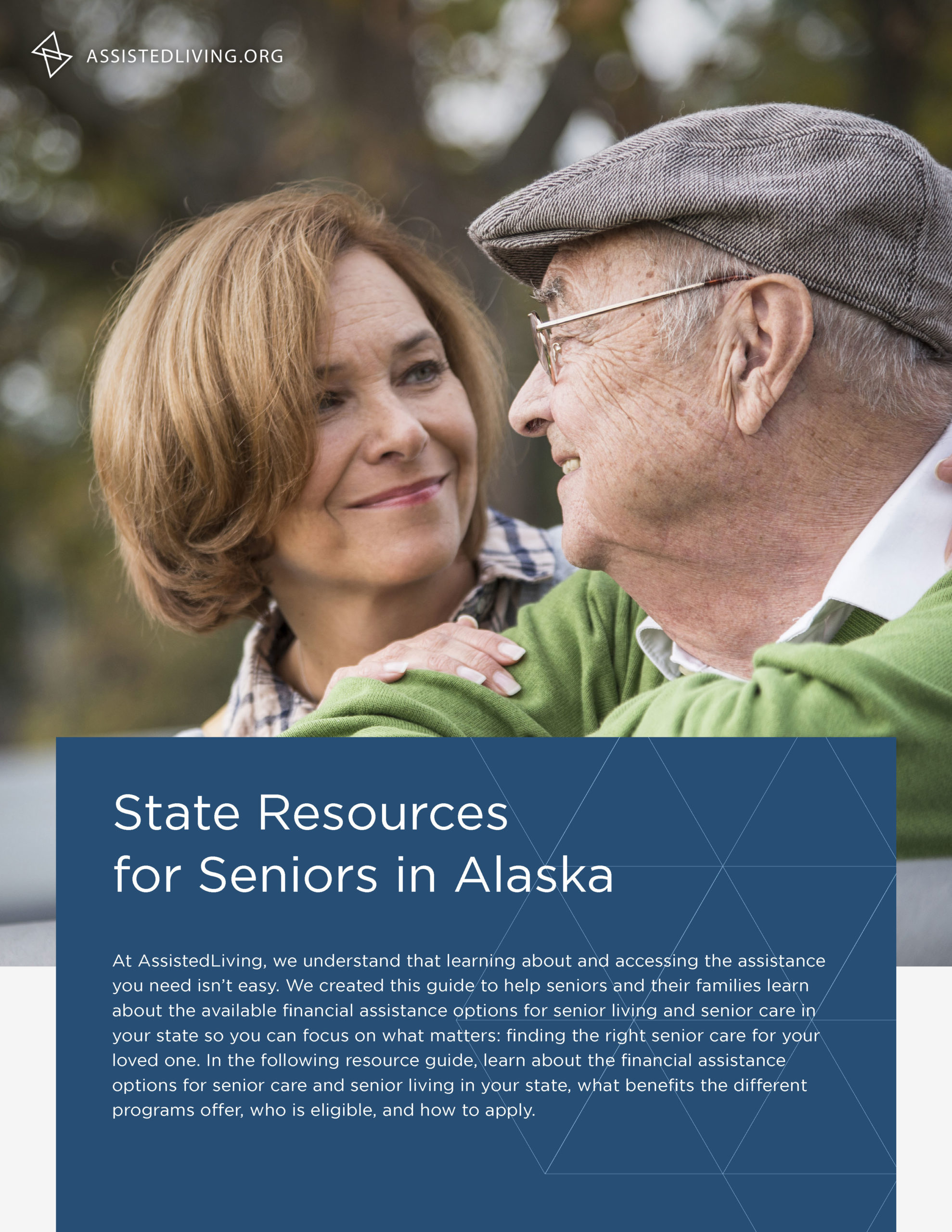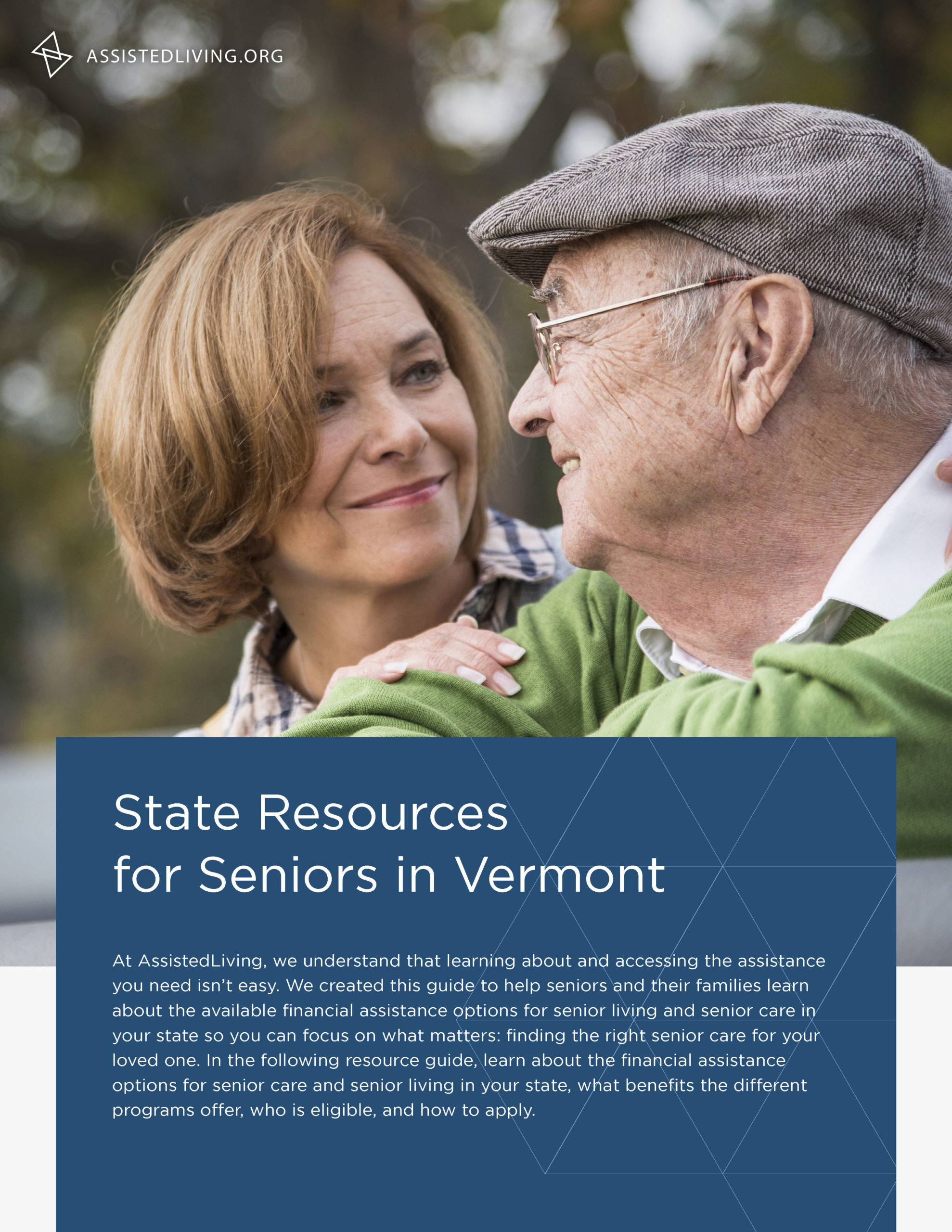Find Assisted Living in Your Area

The cost of prescription drugs has been increasing for decades. Between 2021 and 2022, drugs that increased in price went up an average of 31.6%, with some exceeding 500%. Seniors make up just 17.3% of the population of the United States, but more than 80% are on at least one prescription medication. Older adults pay more than half of their drug costs out of pocket, with prescription-related expenses being especially high for seniors with chronic conditions.
These statistics point to the need for seniors to have supplemental financial assistance to pay for the drugs they need. Thankfully, seniors have many options for managing the cost of their prescription drugs. No single solution pays all of the costs, and many seniors have to pull together multiple resources to keep this part of their healthcare expenses under control. However, in this guide, we go over some of the most common approaches to paying for the cost of prescription drugs, including financial assistance options for medication bills and other medical expenses.
Prescription Drug Coverage Under Original Medicare
Medicare is the first place most seniors turn to for help with their prescription drug costs. If you have Original Medicare, your prescription drug benefit is covered under Part D. Part D coverage is optional, but the benefits include partial coverage for brand-name and generic prescription drugs. All approved Part D plans, which are issued through participating private insurers, must provide coverage for at least one drug in every Medicare-mandated category. However, each plan can vary a bit in the exact medications it covers.
If you participate in Original Medicare, you can sign up for Part D by purchasing coverage through a provider authorized in your state. All plans come with a premium, which is the amount of money you have to pay each month, plus a “Share of Cost.” The average premium for Part D plans in 2022 was $43 a month. The Share of Cost is the amount you are expected to pay before your insurance coverage kicks in. You may also have to pay a certain dollar amount out of pocket before your coverage begins, which is called a deductible. This amount varies from one plan to the next. In 2023, the maximum deductible was $503.
You could incur additional costs if you don’t sign up for Part D when you’re eligible, so carefully consider your options before your eligibility period starts.
Do You Qualify for Part D?
Medicare Part D plans are not open to everybody. If you are 65 or older and you either receive or are eligible to receive benefits from Original Medicare or Social Security, you are probably eligible for a Part D plan. You may not enroll in a Part D plan if you are also enrolled in a Part C plan, sometimes called Medicare Advantage, which is already likely to include a prescription benefit.
Extra Help
Extra Help is a program for Part D enrollees who need financial assistance for prescription drugs that goes beyond the regular Part D benefit. If you meet the program’s income guidelines, Extra Help can pay down your copayment and other costs to further reduce the out-of-pocket expenses your prescriptions impose. In 2023, this benefit is worth $9,090 for qualifying individuals.
You can apply for Extra Help online through the SSA web portal or over the phone by calling (800) 772-1213. To apply for Extra Help in person, speak with your case manager, social worker, or the benefits coordinator at your residential facility. You can also apply by appointment at your local Social Security office.
No matter how you do it, applying for Extra Help can get complicated. This helpful list has tips for submitting a successful application and getting the fastest possible decision.
Appealing a Denial for Extra Help
If your claim has been denied for any reason, you likely have a right to appeal the decision. Unfortunately, denials for coverage are common, and they are not always the right decision. You might have your claim denied because of a simple mistake or because of confusion about your location or supplemental insurance status. In many states, for instance, Medicaid beneficiaries are not eligible to participate in Extra Help, while in other states, such as California, beneficiaries can access both.
If you get a notice of denial from the Social Security Administration, it will contain information outlining the deadlines you have to meet to file your case, relevant contact information, and your rights during the appeals process. You or your caregiver can appeal the decision by filling out and submitting this form.
Prescription Drug Coverage Under a Medicare Advantage Plan
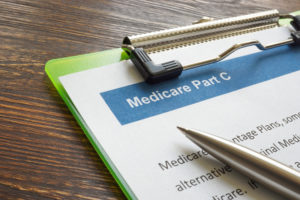
Medicare Advantage is an alternate way to get Medicare benefits. These plans are issued by private insurers authorized to bill the Medicare program on your behalf. Many of them offer outstanding group rates for seniors. By law, all Part C plans must offer the same coverage as Medicare Parts A and B, which can be folded together into a single plan with a monthly premium that might be as low as $0. Many Medicare Advantage plans also offer some benefits not available under Original Medicare, such as vision and dental coverage, as well as a prescription drug benefit that might meet or exceed your Part D benefits.
Since plan details vary between providers and states, all prescription drug benefits under Part C plans are slightly different. You should research the plans offered in your area before committing to an option, which may be done during the annual open enrollment period between October 15 to December 7 each year. You are also free to enroll in Part C when you first become eligible for Medicare, regardless of the time of year, or during a special enrollment period, which starts after you have a qualifying life event. These include losing prior coverage through no fault of your own or returning to the country after an absence.
Medicare Supplemental Coverage
If you are enrolled in either Original Medicare or a Part C plan and find that your drug costs are still too high, you’re not alone. Seniors who need financial assistance with their healthcare costs commonly carry a special supplemental policy to provide better overall coverage to their existing Medicare plan. You can get this extra protection from a few sources.
Medicaid as a Medicare Supplement
About 19% of all Medicare enrollees are eligible for full or partial Medicaid coverage as well. Seniors who qualify for both programs are sometimes called dual-eligible, and they can use Medicaid benefits as an outstanding supplement for managing Medicare’s out-of-pocket costs.
If you are dual-eligible, you can integrate Medicaid into your coverage profile just like a standard Medicare supplemental policy. This may make your Medicaid coverage less expensive or even free at the point of service, and cover a fairly exhaustive list of medical needs. Medicaid policies vary from state to state, but they generally pay uncovered costs for medically necessary drugs, equipment, and procedures. You must have a doctor authorize your treatment to be covered by Medicaid, and you could still have to meet a Share of Cost, depending on your financial position.
To qualify for Medicaid, you must be a citizen or permanent legal resident of the United States and a permanent resident of the state where you are applying for benefits. An intake worker will examine your financial documents to make sure you meet the program’s income and asset limits. These numbers vary from state to state, but the maximum income limits tend to be higher in states with a high cost of living.
Medicaid Prescription Drug Coverage
Medicaid coverage for prescription drugs can get complicated, but in most states, the aim of the program is to make it fairly simple for you to use when you go to pick up your prescription at the pharmacy. Federal laws governing Medicaid effectively require each state to maintain an open formulary. In theory, this means they can help you pay for any medically necessary drug your doctor prescribes. In practice, most states’ Medicaid programs try to limit costs by creating a preferred drug program that prioritizes generic and other low-cost options before switching to brand name and experimental drugs.
Your doctor and the staff at the medical office or pharmacy can probably help you find adequate drug options that your Medicaid benefits will cover, but even very costly drugs may be included in your Medicaid benefits if there is no other option.
To use Medicaid at the pharmacy, you generally only have to present the benefits card that identifies you as a beneficiary. Your pharmacy will always bill your Medicare program first, with the unpaid costs shifting over to your Medicaid plan. If you have an annual spend down, share of cost, or copayment requirement under Medicaid, you may have to pay that amount out of pocket at the time of service.
Patient Assistance Programs (PAPs)
If your Medicare, Medicaid, and/or supplemental insurance are not enough to cover the cost of your prescription drugs or you don’t have full coverage for whatever reason, you’re not out of luck. Many states operate some kind of prescription assistance program (PAP) that can help out with the high price of necessary medications. These programs are certified by the Center for Medicare/Medicaid Services (CMS) to assist seniors with their Part D copayments and uncovered drug costs.
PAPs are not just government programs. These are discounts offered directly from pharmaceutical companies for low-income patients who need medications they can’t afford. Companies offer PAPs for various reasons that range from a sense of social duty to good marketing and convenient tax benefits. In practice, these programs operate like special coupons that can help you get the medicine you need at a greatly reduced cost, or even for free.
There are hundreds of PAPs operating in the United States. Surprisingly, your doctor may not be the best source of information about these programs. Pharmaceutical companies often leave PAP information out of their updates to medical providers, so many doctors have limited experience with these kinds of discounts. You can look up various PAPs online by searching through databases of drug manufacturers to find the generic and brand-name medications they offer and the PAPs that support them. If you can find a PAP that covers one or more of the prescriptions you’re currently getting, you can apply for a discount card from the program. Present this card when you go to fill out your prescription, and the discount will be applied at the register.
PAPs are not for everybody. Your particular drugs may not be covered, for instance, in which case you will either have to switch to a covered alternative or go without the discount for the time being. Many PAPs have an income and insurance coverage limitation, which you have to meet before you can sign up for the discount card.
Examples of Drug Company Assistance Programs
Many of these programs cover specific drugs, but others help out with multiple medications offered by the company. Coverage may be limited, and enrollment may be subject to income limits and Medicare/Medicaid enrollment status.
| Company | Contact | Open to Medicare/Medicaid Enrollees? | Program Details |
| AstraZeneca (Pulmicort, Symbicort, Fasenra) | (800) 292-6363 | Yes | Copayment support and drug assistance |
| Genentech and Novartis (Xolair) | (888) 941-3331 | Yes | Copayment support and drug assistance |
| GlaxoSmithKline (GSK) (Advair, Flovent, Serevent, Ventolin) | (888) 825-5249 | Medicare participants only | Open to Medicare enrollees with no prescription drug support at all |
| Merck Helps (Asmanex, Dulera, Nasonex, Proventil, Singulair) | (800) 727-5400 | No | Copayment support and drug assistance |
| Mylan (EpiPen, generic epinephrine auto-injector) | (800) 796-9526 | Yes, for enrollees without current drug coverage | Direct assistance |
| Pfizer | (844) 989-7284 | Yes, for enrollees without current drug coverage | Copayment support and drug assistance |
| Sanofi (Dupixent) | (844‑387‑4936 | Yes, if Dupixent is not covered | Copayment support |
| Teva Pharmaceuticals (QVAR) | (877) 237-4881 | Yes, for enrollees without current drug coverage | Copayment support and drug assistance |
Other Options for Prescription Drug Costs

No matter what your insurance and PAP situation happens to be, you can still limit your out-of-pocket expenses by shopping around and trying to lower the point-of-sale costs for the drugs you need. There are several ways to do this, and not nearly enough seniors are using them all. Regardless of your financial status, or whether you have excellent, mediocre, or nonexistent prescription drug coverage, these tips can help you shave down some of the expense of keeping your prescriptions filled:
Coupons
Many drug manufacturers offer coupons for their products, just like any other producer of a product you buy in the store. Sometimes, these coupons are available online directly from the manufacturer, but others are paper vouchers your doctor has in the office. These can be a great marketing tool for many pharmaceutical companies, so they tend to offer steep discounts on new brand-name drugs, as well as on products that have soon-to-expire patents. Check your drug companies’ websites and social media feeds for news about promotions and discounts, and sign up for email and other updates in case a prescription you need goes on sale or has a coupon issued.
Switching to Generics
Brand-name drugs can be very expensive. As a rule, the company that develops a new drug has a 10-year window when only they have the right to produce the medication. Other companies might also produce the drug, but they do so under license and generally have to pay a substantial share of the revenue to the original manufacturer. This is done to protect the companies developing new treatments and to encourage continued innovation. It can, however, substantially drive up the cost of your prescriptions.
Ask your doctor if it’s safe in your situation to switch from pricey brand-name drugs to more affordable generics. The patent typically runs out on new drugs after 10 years, after which any drug company can manufacture the same product. By law, these generic drugs must be identical to the original medication, down to the molecule, so you’re generally safe if you need to switch. All the same, always ask your doctor about switching. You will need a new prescription to get the new medication, and your doctor may have good reasons for preferring the brand-name drug over the competing generic brand.
State Discount Cards
Many states offer drug discount cards for seniors, adults with disabilities, needy children, and other people who struggle to pay for prescription drugs. In many cases, these discount cards are available for people with specific conditions, such as diabetes or kidney failure. In contrast, others are open to any state resident who needs financial help. Rules for how to qualify, acquire, and use a discount card vary from state to state, and your state might not even offer a discount. Check your state’s health and human services website, or talk to a case manager at your local human services office about the options that may be open to you.
Shopping Online
Shopping online for anything can save you a lot of money. This is also true for prescription drugs. In recent years, the world of safe, affordable online pharmacies has exploded on the internet. While each operates as its own company, they generally work the same way. Once you pick out your drugs from the available list on their websites, you can forward your doctor’s prescription over to authorize the medications. Generally, a package with your meds should arrive in a few days.
Pharmacy Drug Savings Programs
In addition to drug companies, pharmacies themselves offer some support for seniors with limited resources to get the medications they need. These pharmacies offer discounts and assistance programs for all or most of their customers. Most programs are free, but others are membership clubs that charge monthly fees. Some area-specific limits exist, and not all medications are covered. Other programs are limited in their coverage of Medicare and Medicaid enrollees.
| Pharmacy | Contact | Open to Medicare/Medicaid Enrollees? | Cost to Join | Notes |
| Blink Health | (844) 792-6701 | Yes | Free | Discounts on selected prescription drugs |
| Good RX | (855) 268-2822 | Yes | Free | Basic assistance is free, but GoodRx Gold is an optional upgrade available for a monthly fee |
| Kroger RX Savings Club | (855) 912-6346 | Yes, but benefits cannot be combined with federal or state-funded programs such as Medicare Parts C or D, or with Medicaid | Individuals pay $36 a year. Families with up to six members pay $72. | Not available in Washington state locations |
| Publix – Chronically Free/Next Best Thing to Free | Local Publix pharmacy | Yes, but details vary by location | Free | Selected medications are offered for free or at $2.50 a month with a doctor’s prescription |
| Walgreens Prescription Savings Club | (866) 922-7312 | No | Individuals pay $20 a year. Families pay $35. | Includes Duane Reade locations. Some stores in Connecticut, Massachusetts, Mississippi, Washington, Missouri, and South Carolina do not participate in the program. |
| Walmart $4 Prescriptions Program | Local Walmart pharmacy | No | Free | Medicines are available for $4 a month or $10 for a three-month supply. Note that some North Dakota locations do not participate in the program. |
Nonprofit Copay and Premium Assistance Programs
Nonprofit organizations commonly help seniors and adults with limited resources get needed prescription medications. Some of these programs are privately operated charities, some are business sponsorships, and others are local and state government programs. Due to this diversity among assistance providers, you will find a wide variety of coverage limits, eligibility requirements, geographic restrictions, and coverage details. Some programs are open to Medicare and Medicaid enrollees, while others may be limited in how much they can help people with Part D or Medicare Advantage. Many programs have special funds to help with the cost of asthma medications, which are separately listed for clarity and convenience.
| Program | Contact | Open to Medicare/Medicaid Enrollees? | Assistance for Asthma? | Notes |
| Good Days | (877) 968-7233 | No | No | Copay, travel, premium, and diagnostic testing assistance are available for eligible enrollees. |
| Extra Help (Social Security Administration) | (800) 772-1213 | Yes | Details vary | Enrollees must receive Medicare, live in one of the 50 states or territories, have limited resources, and need assistance with copayments. SSI and dual-eligible beneficiaries may not be eligible for Extra Help. |
| HealthWell Foundation | (800) 675-8416 | No | No | N/A |
| NeedyMeds | (800) 503-6897 | Yes | Yes | N/A |
| Partnership for Prescription Assistance | (888) 477-2669 | Details vary by program | Yes | N/A |
| Patient Access Network Foundation | (866) 316-7263 | Yes | Varies by brand | Copayment, insurance premiums, and travel assistance are available. |
| Patient Advocate Foundation | (866) 512-3861 | Yes | No | Beneficiaries must have Medicare, Medicaid, or military (VA) benefits that can be applied to the medication prescribed. |
| Patient Services Incorporated | (800) 366-7741 | Yes | Yes, with limits | Copayment, insurance premiums, and travel assistance are available. |
| Rx Outreach | (888) 796-1234 | Yes | Yes | This discount program covers asthma medications and other selected drugs. |
| RxAssist Patient Assistance Program Center | Online only | Details vary by program | Details vary by program | N/A |
| State Health Insurance Assistance Programs (SHIPs) | (877) 839-2675 | Yes | Details vary by program | No-cost counseling and case manager services help seniors locate and apply for prescription drug benefit programs. |
| State Pharmaceutical Assistance Programs | Online only | Yes | Details vary by program | N/A |
| The Assistance Fund | (855) 845-3663 | Yes | No | Assistance is available for copayments, coinsurance requirements, insurance premium costs, deductibles, and incidental expenses. |
Financial Assistance for Prescriptions in Your State
Find your state below to read a comprehensive guide to the financial assistance resources that may be available to help pay for your medications.


